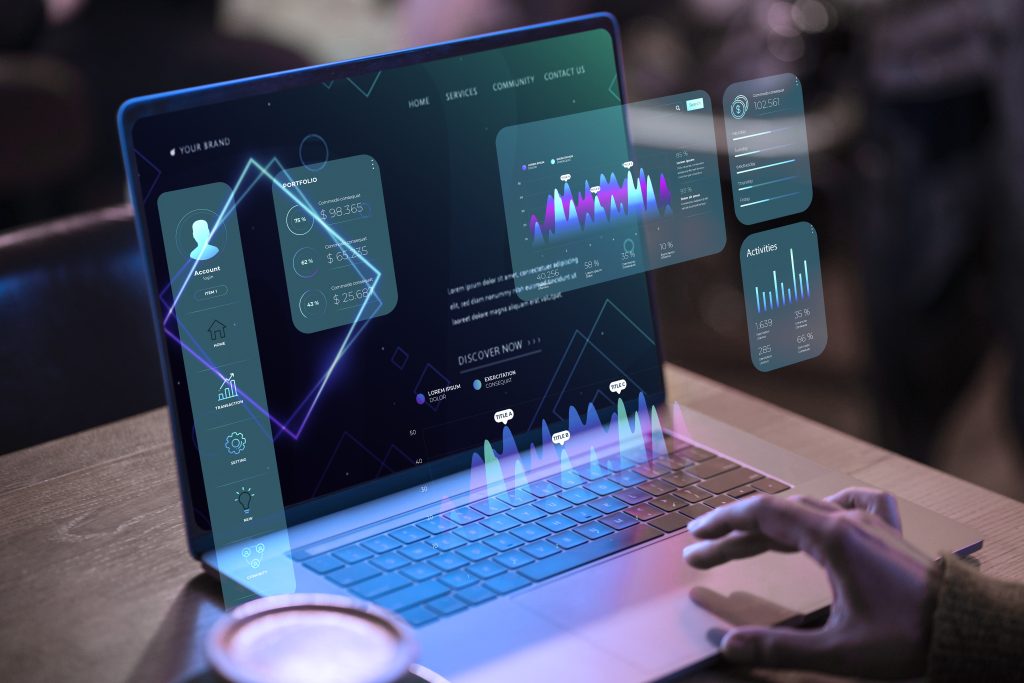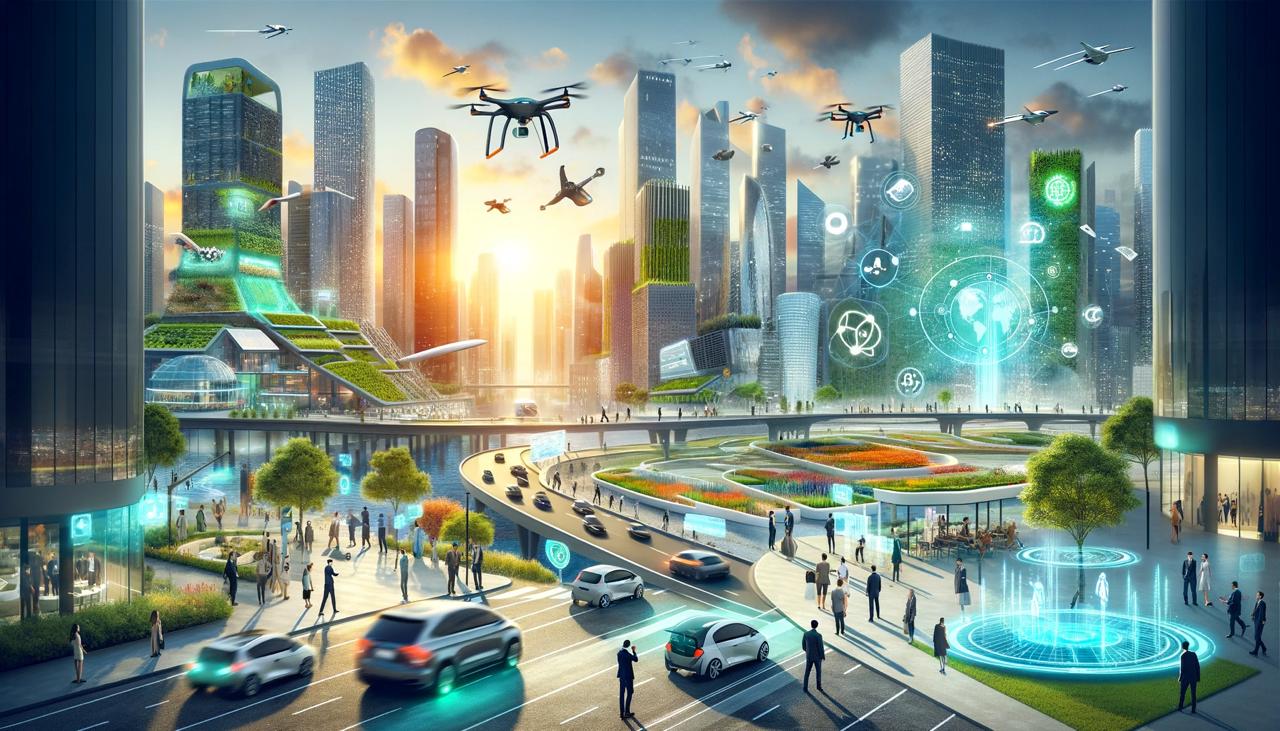2023 Tech Trends: A Comprehensive Guide from McKinsey’s Latest Outlook
Introduction
Hey there, tech enthusiasts! Today, we’re unpacking the “McKinsey Technology Trends Outlook 2023,” a treasure trove of insights about the latest and greatest in the tech world. From quantum leaps to space odysseys, we’re covering it all. So, buckle up, and let’s get started!

Quantum Computing: The New Frontier
Quantum computing is making waves, and rightly so! It’s all about using quantum mechanics to process information, offering a performance leap over classical computers for certain tasks. The big players are doubling down on quantum key distribution (QKD) and post-quantum security – think unbreakable codes and ultra-secure data. Plus, with talent demand in quantum tech growing fourfold since 2018, we’re seeing a boom in roles like quantum software engineers.
Mobility: Driving into the Future
The mobility sector is at a pivotal point, shifting towards autonomous driving, vehicle electrification, and shared mobility technologies. From robo shuttles to eVTOL aircraft, the future of mobility is zooming ahead at full speed.
- ACES Technologies (Autonomous, Connectivity, Electrification, Shared Mobility) are at a pivotal point, with autonomous driving technologies expected to generate up to $400 billion in revenue by 2035.
- The industry has seen significant investment, with interest, investment, and innovation measures doubling over the past four years.
- Developments include the expansion of robo-taxi and robo-shuttle businesses, growth in the micro-mobility and mini-mobility industries, and advancements in electric vertical takeoff and landing (eVTOL) aircraft.
- Challenges include margin pressures for automotive suppliers, influenced by cost inflation and supply chain issues.
Bioengineering: Revolutionising Industries
Bioengineering is blending biology with digital tech, creating a huge impact across healthcare, agriculture, and more. We’re talking about a potential economic impact of $2 to $4 trillion per year by 2030 to 2040 – that’s huge! Innovations in omics-based therapies and cultivated meat are just the tip of the iceberg. However, this field faces challenges like public perception and regulatory hurdles.
- Bioengineering could have a massive economic impact, potentially $2 trillion to $4 trillion per year from 2030 to 2040, with applications in healthcare, agriculture, and more.
- Significant developments in omics-based therapies, including mRNA-based COVID-19 vaccines and new viral-vector gene therapies.
- Cultivated meat technology advancing, with significant cost reductions and the first FDA premarket safety review completed.
- Increased demand for biomaterials driven by climate commitments and sustainability focuses.
Space Technologies: Reaching for the Stars
The final frontier is getting closer, thanks to decreasing costs in space tech. We’re seeing a shift from large GEO satellites to smaller LEO satellites, opening up new possibilities like in-orbit manufacturing and space mining. The space industry is also attracting interest from non-space sectors for applications like satellite vegetation management and emergency satellite coverage.
- Significant developments include decreasing technology costs, leading to smaller and more cost-effective satellites, and a shift in interest from traditional nonspace companies.
- Private sector advances in lunar exploration, with companies like ispace and Astrobotic Technology planning lunar landers.
- New launch vehicles on the horizon from companies like SpaceX and Blue Origin, addressing growing demand for launch capacity.
- Applications of space technology in non-space industries, including satellite vegetation management and emergency satellite coverage.
Electrification, Renewables and Climate Technologies: Powering a Sustainable Future
Electrification and renewable energy sources like solar, wind, and hydro-power are pivotal in driving towards net-zero commitments. These technologies are impacting a vast array of industries, from automotive to real estate.
Technologies like carbon capture, utilization and storage (CCUS), carbon removals, and circular technologies are emerging to address climate challenges.
Wrapping Up: The Future Is Bright (And Tech-Driven!)
So, there you have it – a whirlwind tour of the McKinsey Technology Trends Outlook 2023. From quantum computing’s security solutions to the future of mobility and bioengineering’s potential, the tech landscape is buzzing with innovations. And let’s not forget the exciting prospects in space technology and sustainable energy solutions. The future looks bright, and it’s tech-driven!
Your Thoughts?
What do you think about these trends? Are you as excited as we are about what the future holds? Let us know in the comments!
To Read the full report click here.








